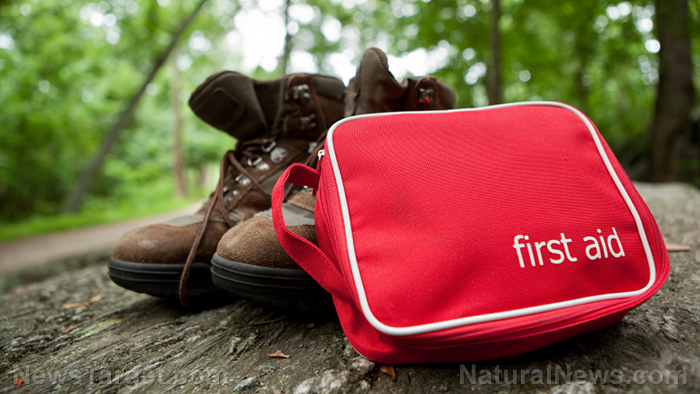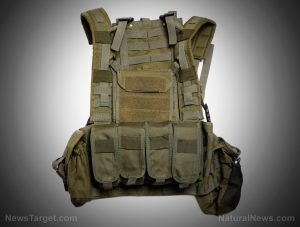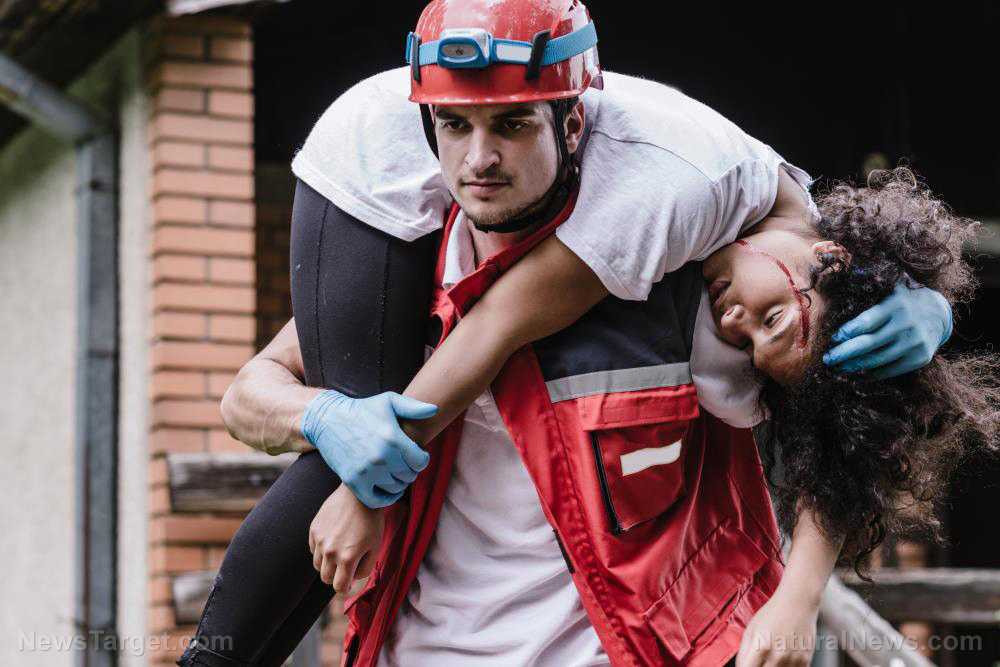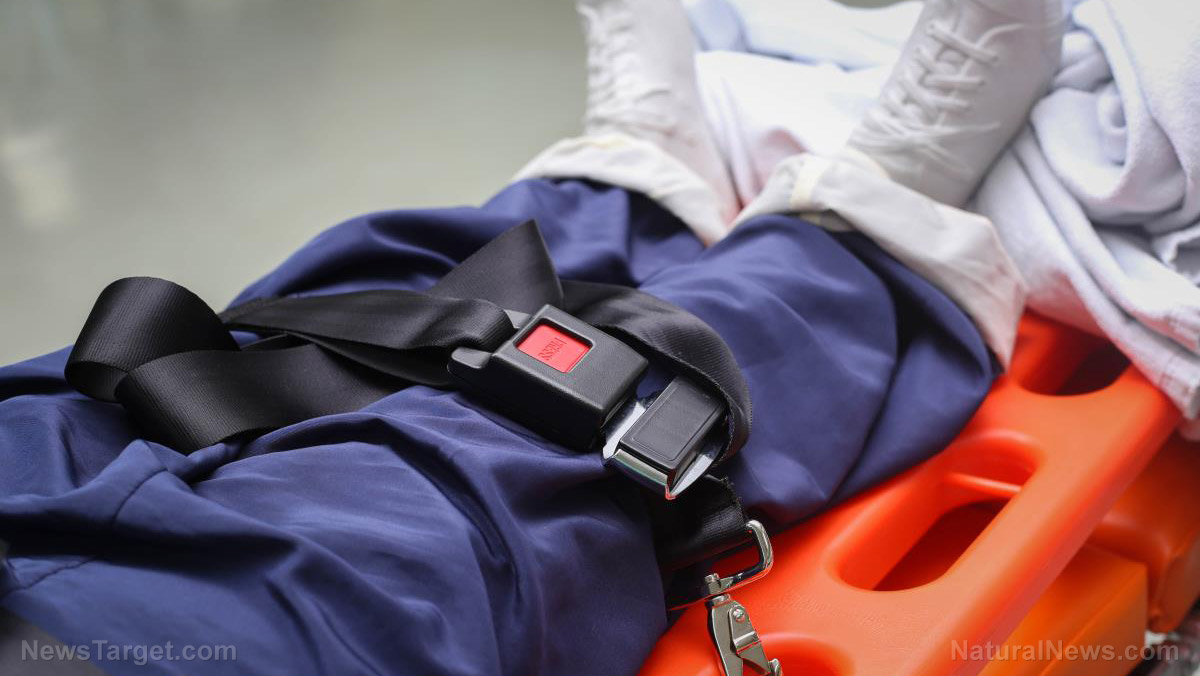
Before disaster strikes, you need to have the skills and tools necessary to treat minor or serious injuries, in case you don't have access to emergency medical services.
If you're worried about dangerous encounters in a post-SHTF world, especially those that might involve firearms and violence, get first aid training and learn how to pack and use a gunshot wound first aid kit. (h/t to AskAPrepper.com)
Note that this article only aims to teach preppers how to prepare a gunshot wound first aid kit. It is not a replacement for medical advice from professionals.
The importance of first aid training
Expensive and high-tech gear is useless in the hands of someone who has no idea how to use a gunshot wound first aid kit.
When you have free time, sign up for first aid training. Training will help you learn crucial and basic steps for managing gunshot wounds, which include:
- How to properly assess the situation.
- How to stop the bleeding.
- How to open the airway and restore breathing and heartbeat, if necessary.
- How to apply the right methods for treating an injured body part.
- How to prevent infections.
- How to transport a patient safely.
If you want to include items like decompression needles or tourniquets in your kit, you'll need proper training with an accredited training provider.
Organizing and carrying your gunshot wound kit
This is an important kit that should always be within reach so you don't waste precious time when you have to treat heavy blood loss. If you're wearing a battle belt, plate carrier or tactical vest for your gear, this is where you need to keep your gunshot wound kit.
Organize the kit so that you can quickly access its contents. You can use a pouch with Velcro backing so you can easily reach back and rip it off of your belt when SHTF. You can keep all the items in your kit in a resealable zipper storage bag so it'll be easier to transfer the kit to another pouch or bag. During a medical emergency, you can also use that storage bag as an improvised chest seal.
Remember that a gunshot wound first aid kit needs to be tailored according to your training and skill level, as well as the availability of the items you wish to put in it.

What to pack in a gunshot wound first aid kit
Detailed below are items that you will need in a gunshot wound first aid kit:
Chest seals
Chest seals or occlusive dressings are used to treat sucking chest wounds. You can purchase them, but if you're in a hurry, you can improvise a chest seal using tape and plastic or the resealable zipper storage bag for your kit and a small roll of tape.
To improvise a chest seal, place a piece of plastic over the sucking chest wound and tape all four sides to form a seal. (Related: Survival first aid: Understanding the medic’s priority.)
Emergency blanket
Once the bleeding has been dealt with, the patient might need treatment for shock. Since you don't want to weigh yourself down with a full-sized blanket, you'll need an emergency blanket, also called a Mylar or space blanket.
EMT or trauma shears
Get a pair of sharp, high-quality EMT shears so you can quickly and safely cut clothing from an open wound. Keep your EMT shears on the outside of the pouch for easy access.
Gauze
If a wound is large enough, it may require wound packing. To do this, you'll need an assortment of gauze pads or some compressed gauze.
Gloves
If SHTF and a member of your survival group is shot, you'll need gloves so you can protect yourself and prevent wound infection during treatment. Pack at least two to three pairs of gloves in your kits.
You can pack nitrile gloves if you're worried about latex allergies. Nitrile gloves are also thicker and stronger than standard latex gloves.
Pressure dressings
Direct pressure will be your go-to method for bleeding control. You will need at least two pressure dressings in your kit for both the entry and exit wounds.
Your options include combat dressings, Israeli combat bandages or civilian pressure dressings.
Tourniquet
Before SHTF, practice how to use a tourniquet. A tourniquet is probably the most important item in your gunshot wound first aid kit, since you'll need it to stop bleeding that can't be stemmed with direct pressure alone.
Keep the tourniquet near the top of the kit because it might be the first thing you need when tending to a gunshot wound. Pack a felt tip pen next to the tourniquet so you can write down when you placed the tourniquet.

Other items you may need in your gunshot wound first aid kit
The items above may suit your needs when SHTF, but here are some other useful items that you can add to your kit if there's extra space:
- Decompression needles require advanced training to use and are needed to address a tension pneumothorax, which occurs when air accumulates in the chest but is unable to vent. This can cause the continued build-up of intrathoracic pressure.
- You may need extra long tweezers to remove all foreign materials and shrapnel from a wound to prevent infection. In some cases, a bullet impact will carry bits of material from clothing deep into the wound channel, which you can remove with long tweezers.
- A flashlight is a must-have in every first aid kit since you may need to treat someone in a dark room or at night. You need to see what you're doing so you don't make a fatal mistake. If you want to be able to use both hands, pack a compact headlamp instead.
- Add a small bottle of hydrogen peroxide so you can sterilize your hands and tools. Don't use hydrogen peroxide on the inside of wounds.
- Use a large instant heat pack to help the patient stay as warm and comfortable as possible and promote free blood flow. While a blanket is useful, a blanket only retains the heat already being produced by the body, which can be reduced after trauma. Keep at least two large instant heat packs in your kit. Tape one to the patient's chest area and the second one to the patient's thigh near the femoral artery to add hours of extra heat to the patient’s circulation along with the blanket.
- Nasopharyngeal airways are also advanced equipment that require training for proper usage.
- Include sutures in your kit only if you have received proper training to use them. Get needles and silk thread or any other material that won't cause an allergic reaction or infection.
Sign up for first aid training before SHTF and prepare a gunshot wound first aid kit so you can treat anyone who is injured because of a riot or civil unrest.
Sources include:
Please contact us for more information.
















